|
|
|
|
Species Photo Gallery for Scaphoideus cinerosus No Common Name 8 |
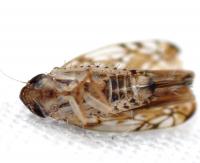 | Photo by: Kyle Kittelberger, Brian Bockhahn
Rockingham Co.
Comment: female; 5.2 mm | 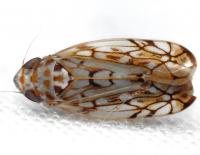 | Photo by: Kyle Kittelberger, Brian Bockhahn
Rockingham Co.
Comment: female; 5.2 mm |
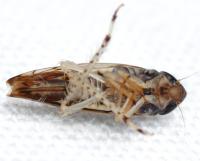 | Photo by: Kyle Kittelberger, Brian Bockhahn
Rockingham Co.
Comment: female | 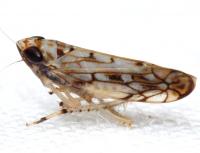 | Photo by: Kyle Kittelberger, Brian Bockhahn
Rockingham Co.
Comment: female; tentative ID |
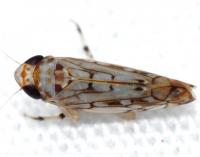 | Photo by: Kyle Kittelberger, Brian Bockhahn
Rockingham Co.
Comment: female; tentative ID | 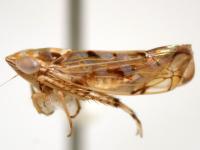 | Photo by: Kyle Kittelberger
Out Of State Co.
Comment: NCSU specimen; female |
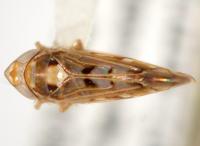 | Photo by: Kyle Kittelberger
Out Of State Co.
Comment: NCSU specimen; female | 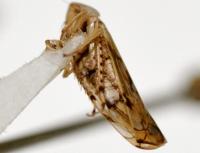 | Photo by: Kyle Kittelberger
Out Of State Co.
Comment: NCSU specimen; female |
|

 »
»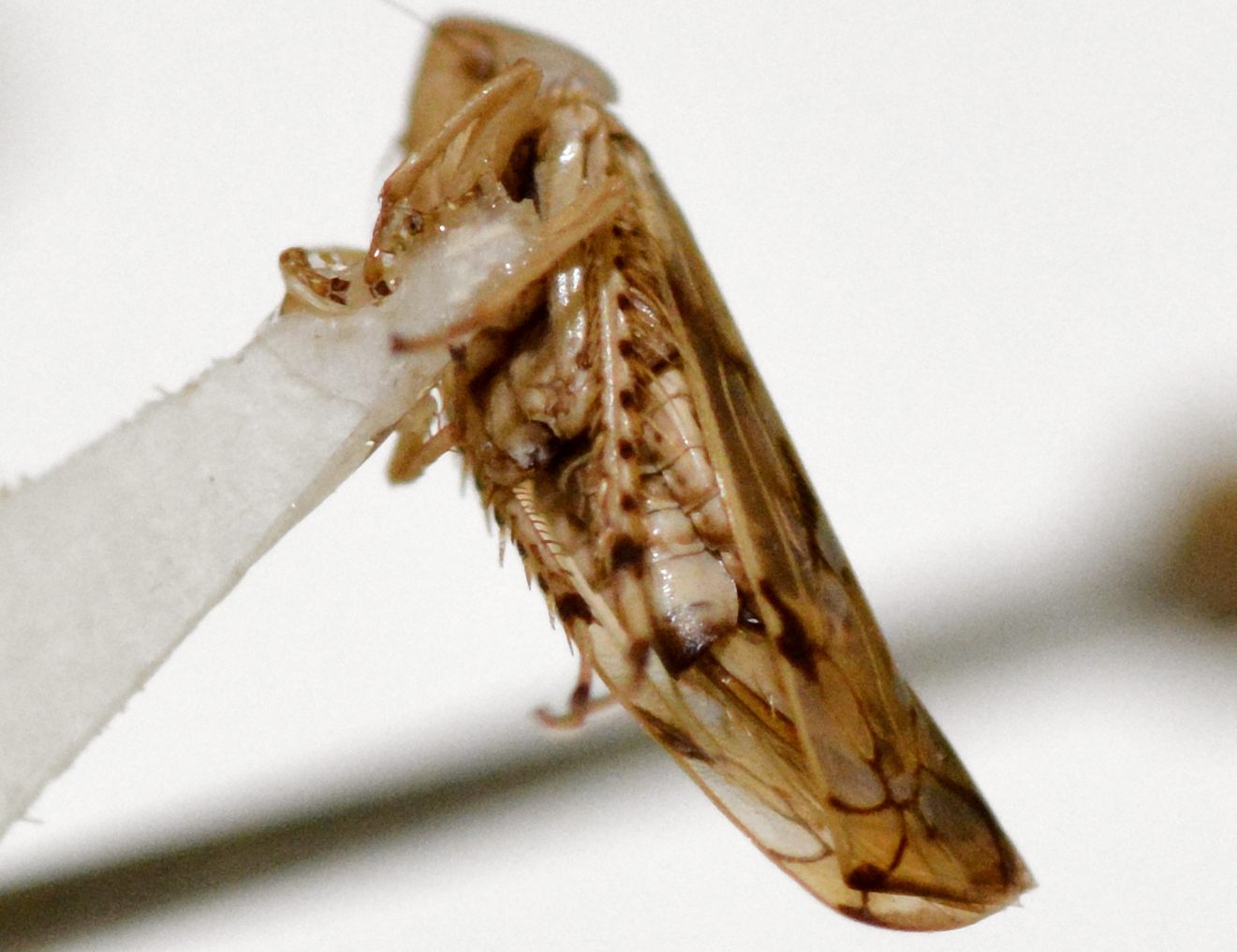
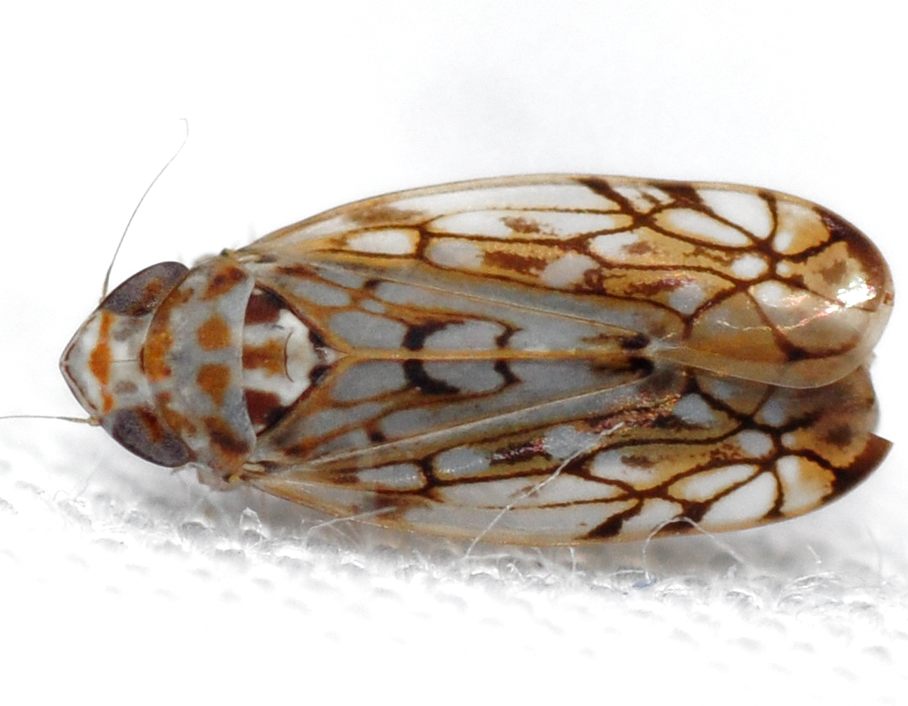

 »
»
